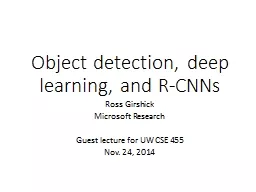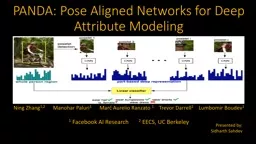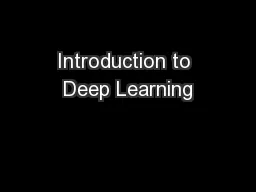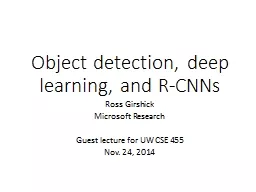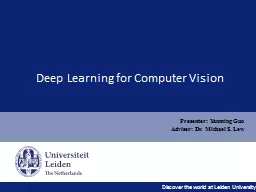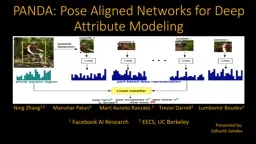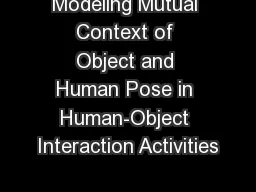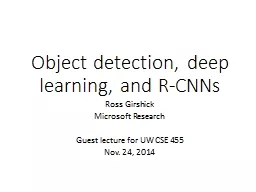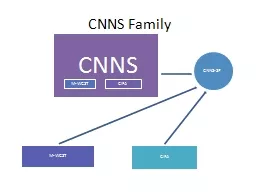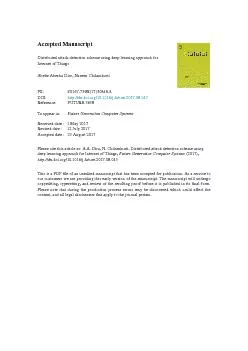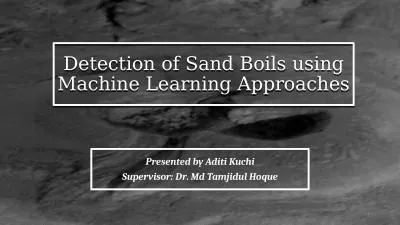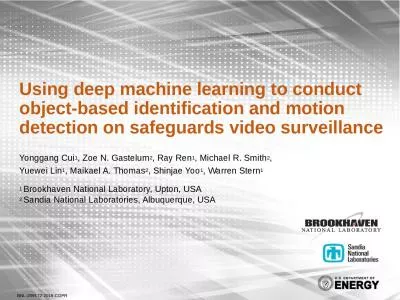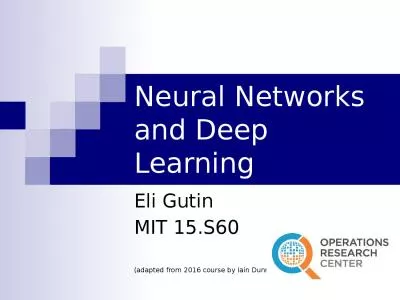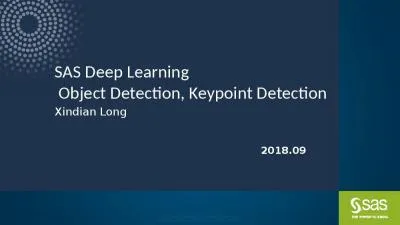PPT-Object detection, deep learning, and R-CNNs
Author : pamella-moone | Published Date : 2018-02-03
Ross Girshick Microsoft Research Guest lecture for UW CSE 455 Nov 24 2014 Outline Object detection the task evaluation datasets Convolutional Neural Networks CNNs
Presentation Embed Code
Download Presentation
Download Presentation The PPT/PDF document "Object detection, deep learning, and R-C..." is the property of its rightful owner. Permission is granted to download and print the materials on this website for personal, non-commercial use only, and to display it on your personal computer provided you do not modify the materials and that you retain all copyright notices contained in the materials. By downloading content from our website, you accept the terms of this agreement.
Object detection, deep learning, and R-CNNs: Transcript
Download Rules Of Document
"Object detection, deep learning, and R-CNNs"The content belongs to its owner. You may download and print it for personal use, without modification, and keep all copyright notices. By downloading, you agree to these terms.
Related Documents

